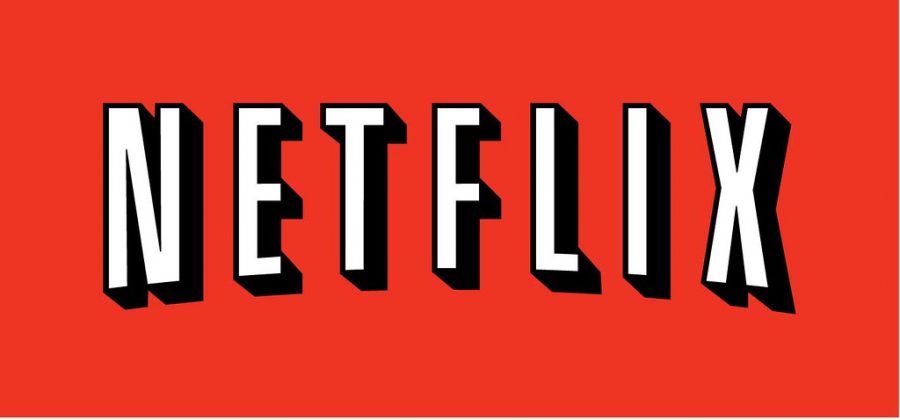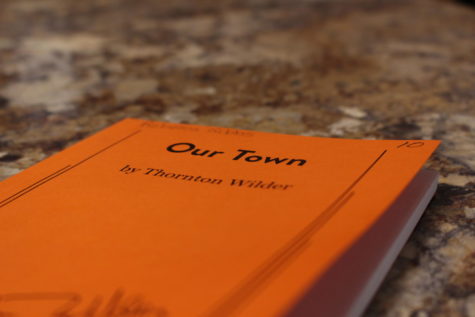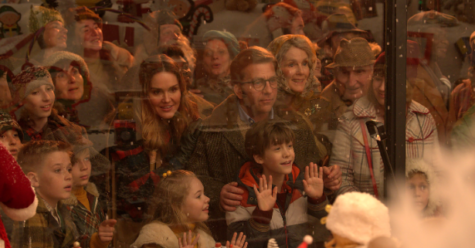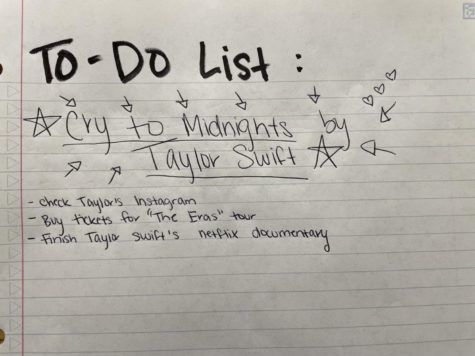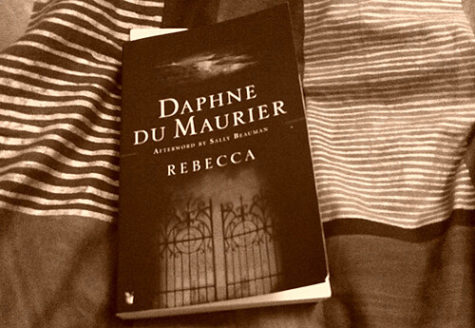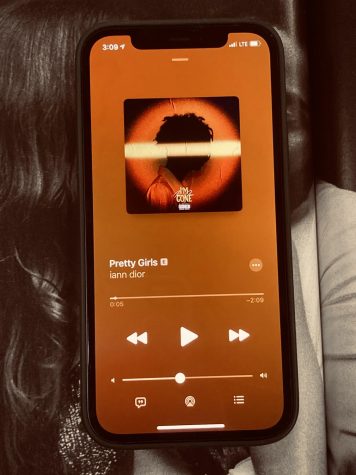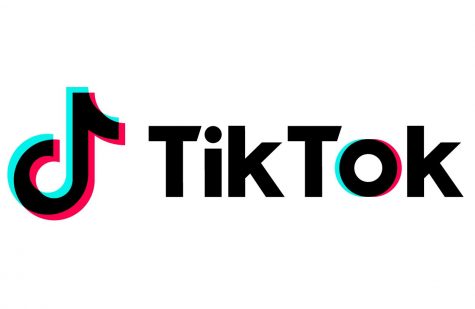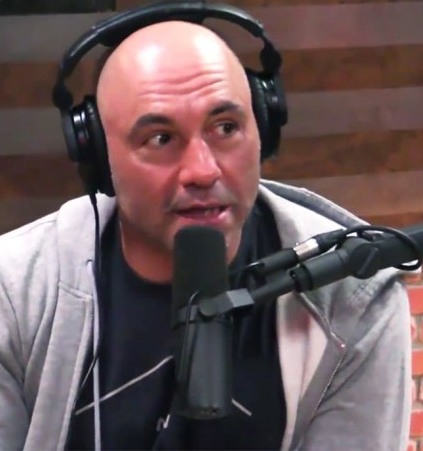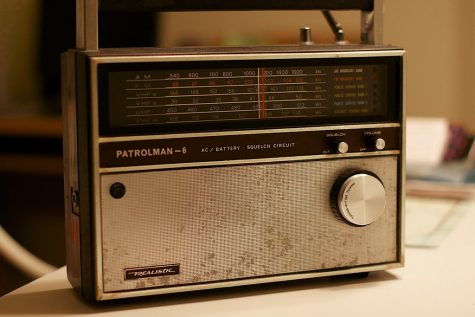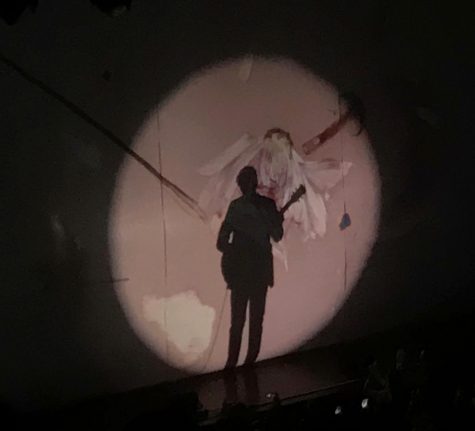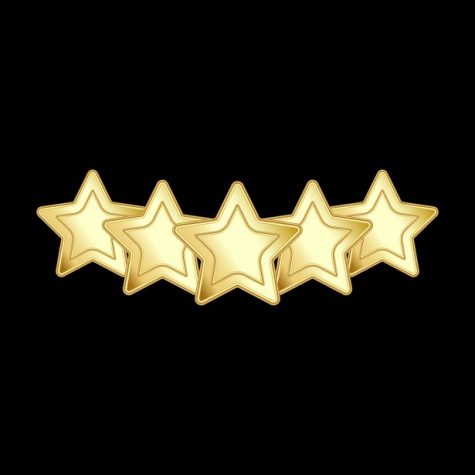Netflix: Quantity VS Quality
November 20, 2019
Open Netflix, scroll to the “recommended for you” in the Originals section, and two things will jump out at you: Noah Centineo and angst.
Netflix is one of the most popular streaming services available, with its appeal greatly relying on its number of titles. With more than 5,200 options, the site’s biggest rival in number of shows is Hulu with more than 2,600 titles. However, what it has in quantity comes often at the sacrifice of quality.
On Feb. 1, 2013, Netflix’s first original series, “House of Cards,” premiered and irreversibly changed the function of streaming services. Not only were they making content available, they were making content, which boded well for Netflix’s future. Now, however, originals have increased exponentially. According to Variety.com, 700 titles on Netflix were originals at the end of 2018.
If they were all of the same quality as “Stranger Things” or “The Crown,” Netflix would be rivaling Hollywood in content. Yet, the site has suffered from chronic bad writing, much of it aimed at teenagers. From the laughably bad “Insatiable,” to the morally questionable “13 Reasons Why,” Netflix’s priority has become increasingly clear: Whatever brings in the money, no matter how ridiculous or worrisome, will gain a platform.
As a generalization, many of the teen Originals on Netflix share a common theme I like to call “the teenage pity party.” The best two examples of this are “Sierra Burgess is a Loser” and “Tall Girl,” both of which have female leads who possess a trait making them different to the point of becoming the school’s social pariah. This premise would be reasonable enough if it weren’t for how humorously common the traits are: being overweight and being tall, forms of some of the most diverse characteristics of high schoolers. Surprisingly enough, that logical fallacy is not the greatest fault of the films.
Both Sierra, from “Sierra Burgess is a Loser,” and Jodie, from “Tall Girl,” are insufferable characters. They do bad things, lack personality, and, worst of all, use what makes them different as an excuse to be bad people or friends. Bullying is a horrible thing to experience, but no sympathy is generated for the characters, or proxy the people they represent with their traits, due to the poor writing with which they are portrayed.
By making a common trait the subject of ridicule in film, these productions accomplish nothing more than make people with those characteristics wonder if they should be ashamed. After all, if teenagers really are the mysterious yet emotionally unstable creatures they’re portrayed to be, then the behaviors they see in mainstream media can play a huge role in their lives.
Take “13 Reasons Why,” for example. According to the National Institute of Health, the show “was associated with a 28.9% increase in suicide rates among U.S. youth ages 10-17 in the month (April 2017) following [its] release.” Despite the show’s alleged goal of shining an unfiltered light on teen suicide, it ignored basic mental health guidelines. With a fourth season coming up, even fans of the series have to admit that the continuation of the show is an obvious cash grab.
Netflix has ruled the streaming platform for years. But now, as quality is continually watered down by quantity, its claim to the crown is under threat. Disney+ premiered Nov. 12. Whether it will replace or even rival Netflix is yet to be seen, but the more other streaming platforms grow, the more Netflix’s monopoly will be threatened.

